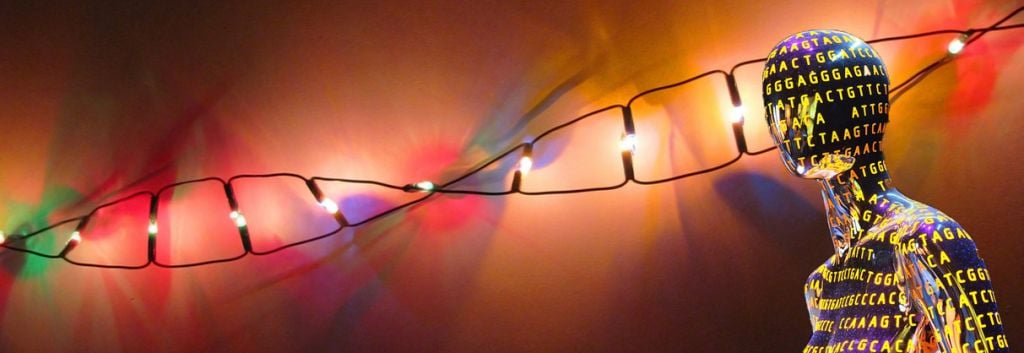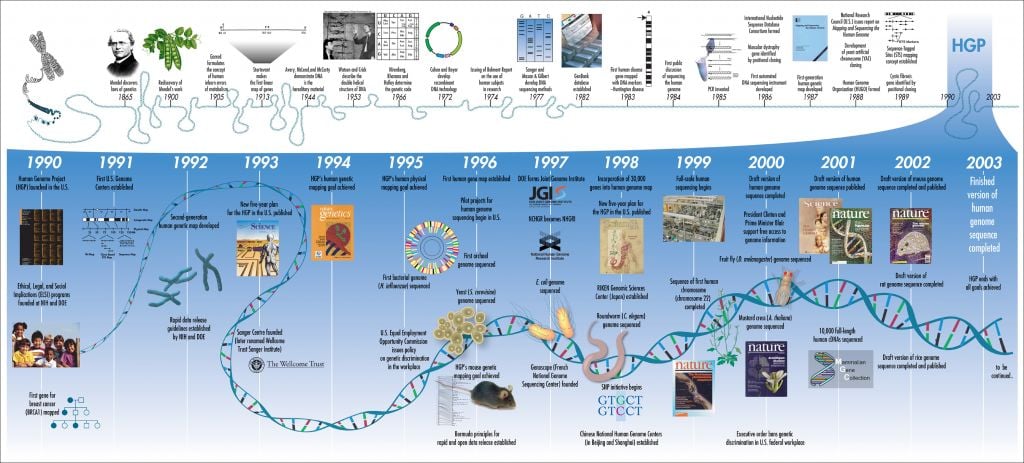The birth of the Human Genome Project was now 25 years ago (woah!)…What was the HGP’s significance to biotech?
What?
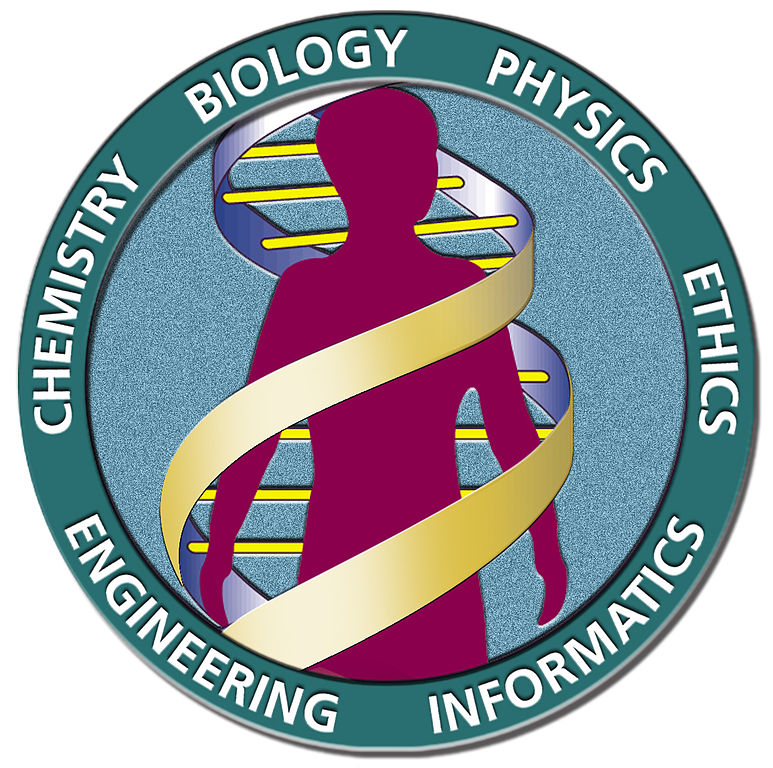 The Human Genome Project (HGP) was an international effort with a primary goal; to sequence the entire genetic code of a whole organism (Humans…). It today remains the largest ever world collaborative project, which thrust the Biotechnology and Pharmaceuticals industries (nevermind countless other scientific fields) into a whole new era of research.
The Human Genome Project (HGP) was an international effort with a primary goal; to sequence the entire genetic code of a whole organism (Humans…). It today remains the largest ever world collaborative project, which thrust the Biotechnology and Pharmaceuticals industries (nevermind countless other scientific fields) into a whole new era of research.
Watson maybe described the HGP best, way back in ‘the beginning’. To him, whether or not the project should be undertaken was not a question, but an eventuality in the progression of science. He predicted in an annual report in 1986:
To [human geneticists], the possession of the complete human DNA sequence would be a resource of inestimable value. To have it within our grasp and not go for it strikes them as an act of gross irresponsibility to society.”
Technically speaking though, the project actually only aimed to sequence about 92% of the entire Human genome (the euchromatic portion) with some less-relevant coding from telomeres and centromeres (heterochromatic) deemed less relevant to the project’s mission.
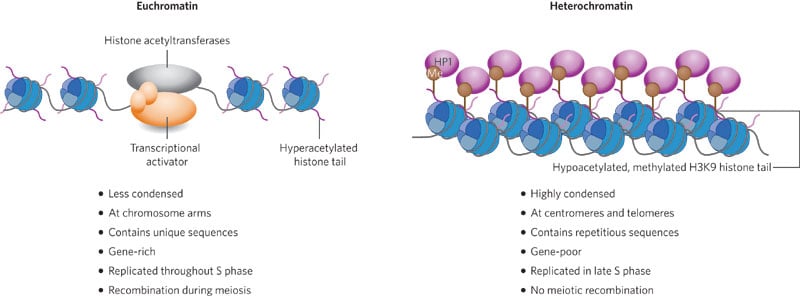
Who?
A team of prescient scientists were determined to achieve one mission: the sequencing of all three billion pairs of the Human Genome. Among the leaders of the effort was James Watson, co-discoverer of the double-helical structure of DNA (alongside Crick) and Director of Cold Spring Harbor Laboratory in New York (US) at the time.
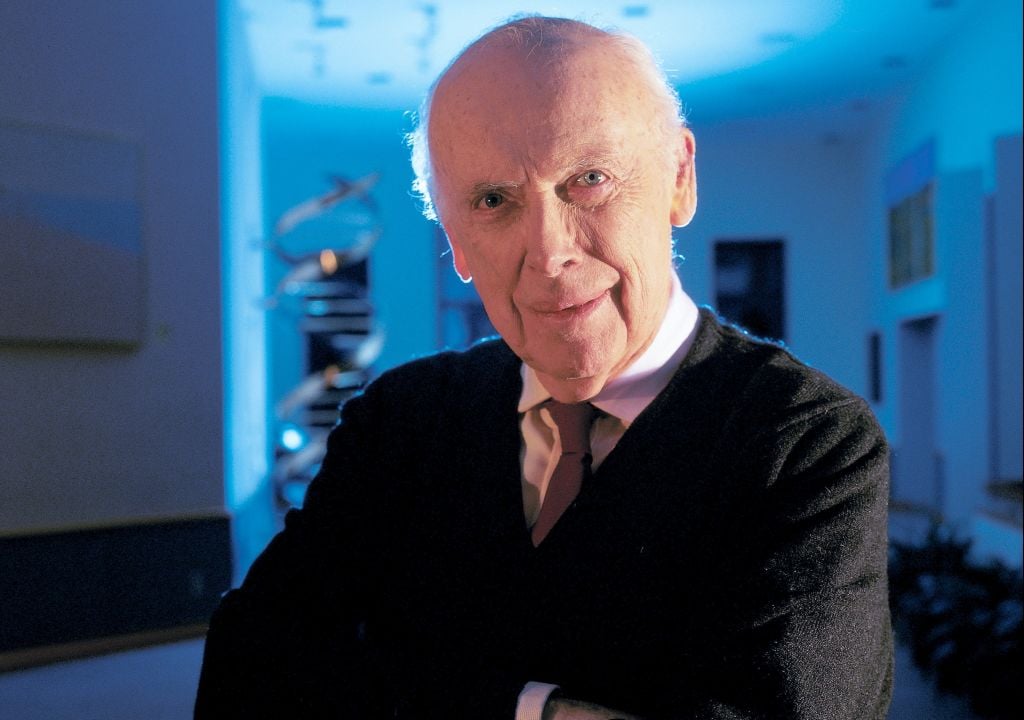
Around 20 Universities and research institutions contributed to the project, spanning across the US (with a focus in California’s Santa Cruz), the UK, Japan, France, Germany and China. European collaborators included the Max Planck Institute (Berlin, GE), the German Research Centre for Biotechnology, Department of Genome Analysis in Jena (Ge), Genoscope in Evry (France) and the Wellcome Trust Sanger Institute in Cambridge (UK).

When?
The idea had gained momentum throughout the late 1980s, with meetings first held in 1986 at Cold Spring Harbor Lab. On October 1st in 1990, the newly created US National Center for Human Genome Research (which later became the National Human Genome Research Institute) joined forces with US and international partners to launch the Human Genome Project (HGP).

The completion of a first draft of the genome was achieved at the turn of the millennium, with a joint announcement by the US President Bill Clinton and UK Prime Minister Tony Blair on the 26th June 2000 at the White House in Washington (US).
As Blair put it:
Let us be in no doubt about what we are witnessing today: a revolution in medical science whose implications far surpass even the discovery of antibiotics.”
Indeed, the task was so significant that the HGP then took an additional 3 years before it was deemed properly complete in 2003, mostly due to the enormity of the data-sets researchers had accumulated for analysis.
How much?
While the initial hesitation surrounding the project launch was far from unfounded (considering that it would cost in excess of $3.8Bn), this astronomical investment turned out to be a bargain in the long-run to Biology, and arguably any science to date (no bias, here).
In the first 20 years following its launch, the HGP generated $796Bn in economic activity in the US, according to a 2011 report from the Battelle Memorial Institute. Impressive as those numbers may be, dollars are still an inadequate measurement of the true value of the HGP…
The whole Human Genome is now available to view in print at the Wellcome Collection in London (UK), donated to the Trust in 2007. The ‘Human Genome Library’ amounts to 118 volumes and over 3 billion characters.
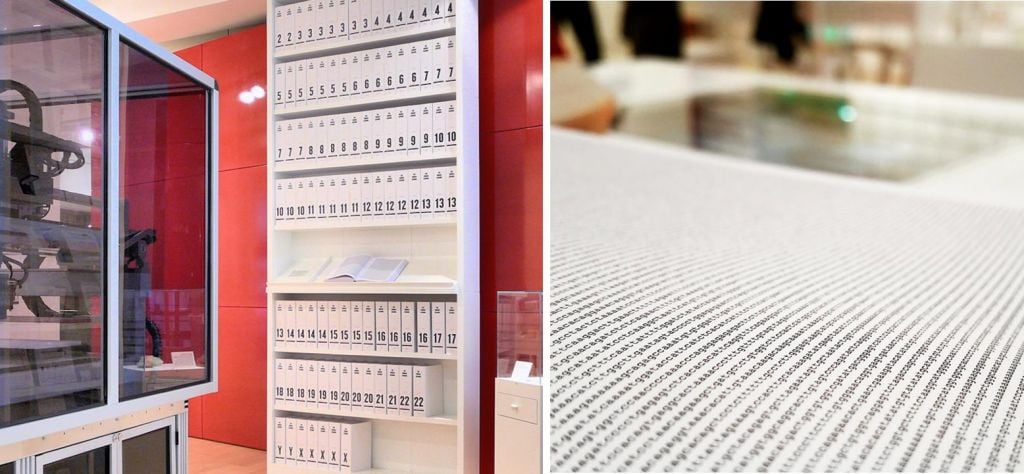
Why?
Only some viral genetic material and around 100,000 DNA base pairs were known 25 years ago. The human sequencing project was 10,000 times bigger, and revolutionized field of genetics.
Indeed, it brought together more than 2,000 researchers from many countries, disciplines and levels of seniority, with subgroups answering to different funding agencies. A multitude of consortium-based research efforts have since followed in its wake – including the Celera Project.
In fact, the project allowed the development of numerous crucial genomic technologies, and led to substantial innovations in molecular biology, chemistry, physics, robotics and computation. In some cases, multiple incremental improvements were cobbled together to yield revolutionary advances, such as the capillary-based DNA sequencing instruments that were ultimately used to generate the first human genome sequence.
The HGP is therefore really the point where Biotech ‘went big’ and represents the first truly large-scale collaborative project in biology.
A Timeline of the HGP progress from Ankur Chakravarthy [Right-Click to View Image & Enlarge]




